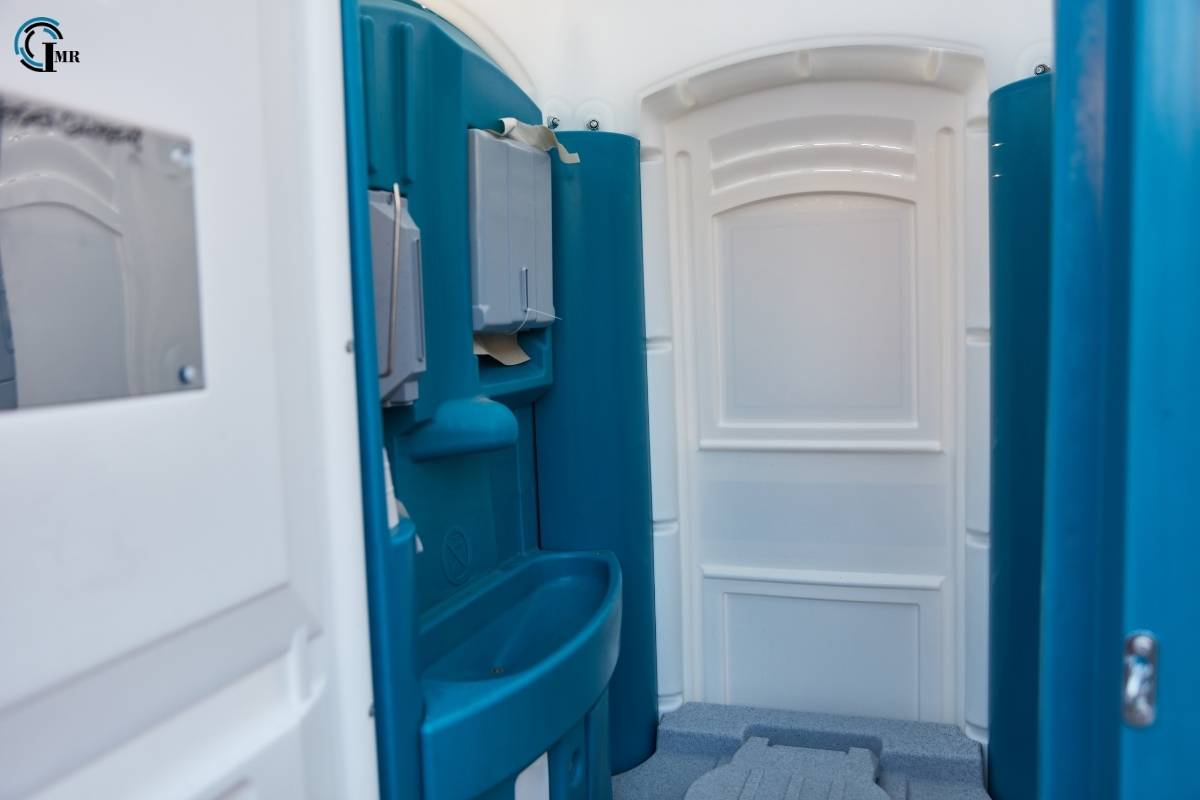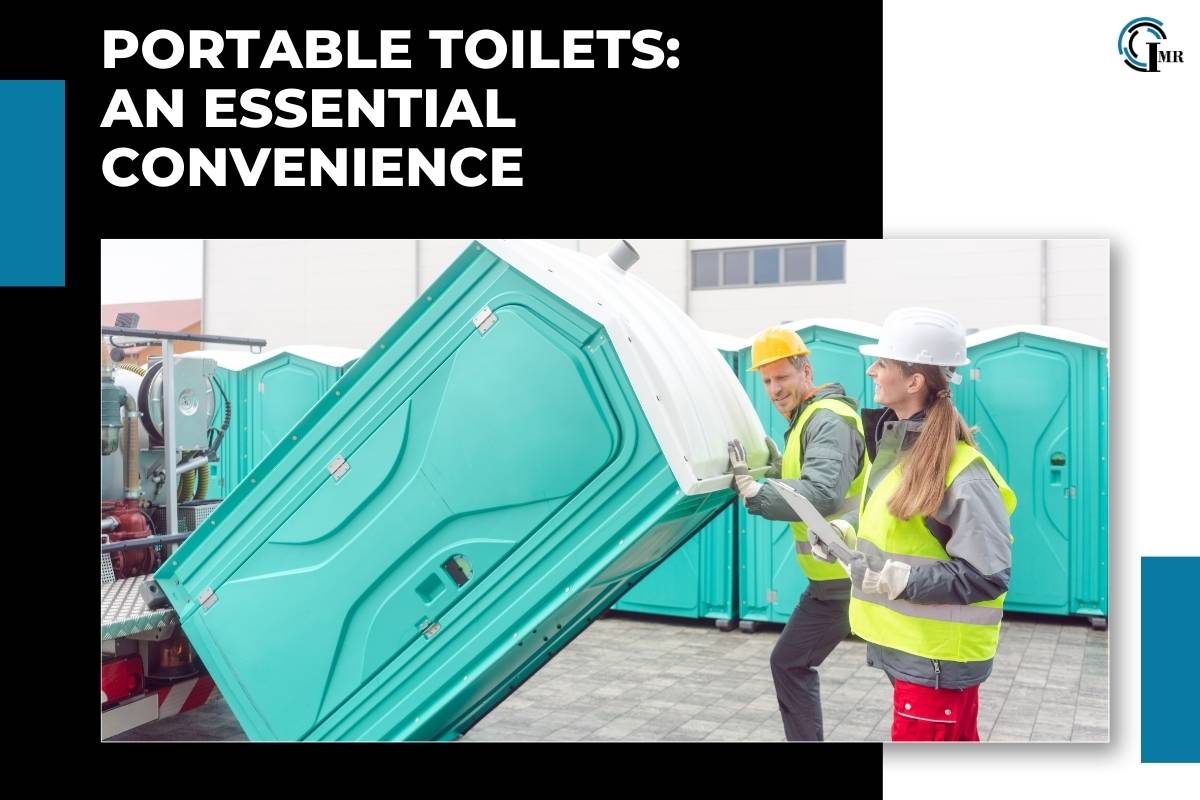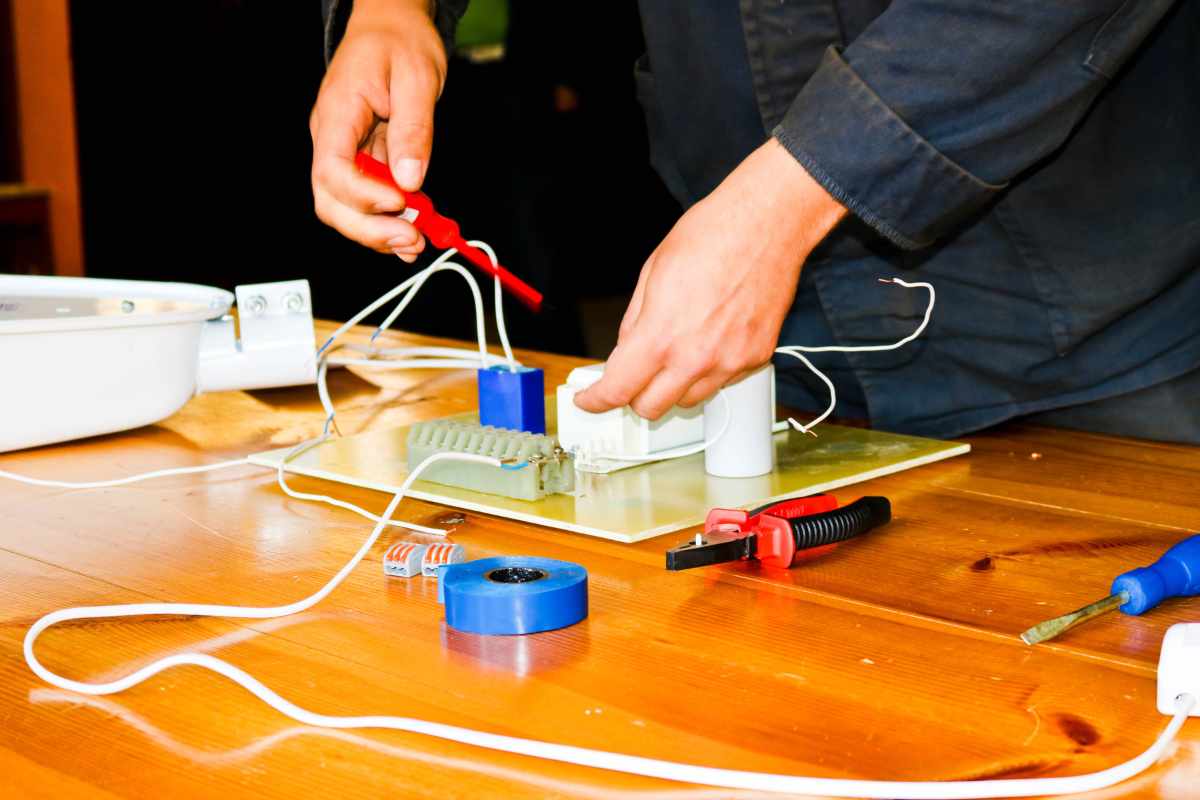Portable toilets have become an indispensable part of modern infrastructure, providing sanitation solutions in various settings where permanent facilities are unavailable. From construction sites and outdoor festivals to disaster relief zones and public events, mobile toilets ensure hygiene and convenience. This article explores the history, types, functionality, and importance of smart toilets, alongside the challenges and future advancements in this essential service.
History and Evolution of Portable Toilets
The concept of portable sanitation dates back centuries, with rudimentary solutions used in ancient times. However, the modern portable toilet, as we know it, began to take shape in the mid-20th century. During World War II, the need for temporary sanitation facilities for troops and laborers led to the development of more advanced mobile toilets.
In the 1960s, the introduction of fiberglass and later polyethylene materials revolutionized the industry, making mobile toilets lighter, more durable, and easier to clean. These advancements allowed for the mass production and widespread use of mobile toilets in various applications.
Types of Portable Toilets
Mobile toilets come in various types, each designed to meet specific needs and environments. The most common types include:
Standard Mobile\Toilets
These are the most recognizable type, often seen at construction sites and public events. They typically consist of a simple enclosure with a toilet seat over a holding tank. These units are easy to transport and set up, providing basic sanitation without plumbing.
Flushable Mobile Toilets

Flushable units offer a more comfortable and hygienic experience by incorporating a flushing mechanism and a separate waste-holding tank. Some models even include sinks with running water, enhancing sanitation.
High-Rise Mobile Toilets
Designed for use in multi-story construction projects, high-rise temporary toilets are compact and lightweight. They can be easily transported by cranes or elevators to different floors, ensuring workers have access to sanitation facilities regardless of their location on the site.
ADA-Compliant Portable Toilets
These units are designed to meet the requirements of the Americans with Disabilities Act (ADA), providing accessibility for individuals with disabilities. They are larger than standard units, featuring handrails and ramps for easy access.
Portable Restroom Trailers
For events that require a higher level of comfort and amenities, portable restroom trailers offer a more luxurious solution. These trailers can include multiple stalls, flushing toilets, sinks, mirrors, lighting, and climate control, providing a more pleasant experience for users.
Functionality and Maintenance
The functionality of mobile toilets is straightforward, relying on a few key components to ensure proper operation and sanitation. These components include:
Holding Tank: The holding tank collects and stores waste until it can be properly disposed of. Chemical additives are often used in the tank to break down waste, control odors, and prevent the growth of harmful bacteria.
Ventilation: Proper ventilation is crucial to reduce odors and maintain a comfortable environment inside the unit. Vent pipes and air vents help circulate air and dissipate odors.
Hand Sanitizer or Sinks: Many portable toilets are equipped with hand sanitizers or sinks with running water to promote hygiene. These features encourage users to wash their hands, reducing the risk of spreading germs.
Cleaning and Servicing: Regular cleaning and servicing are essential to maintain the hygiene and functionality of temporary toilets. Service technicians empty the holding tanks, replenish supplies, clean the interior surfaces, and perform necessary repairs to ensure the units remain in good condition.
Importance and Benefits of Mobile Toilets

Temporary toilets offer numerous benefits, making them an essential component of modern sanitation infrastructure. Some of the key benefits include:
Public Health and Hygiene
Mobile toilets play a critical role in maintaining public health and hygiene, particularly in environments where permanent facilities are unavailable. By providing access to sanitation, they help prevent the spread of diseases and promote cleanliness.
Convenience and Accessibility
Whether at a construction site, outdoor event, or disaster relief zone, mobile toilets offer convenient and accessible sanitation solutions. They can be quickly deployed and set up in various locations, ensuring that people have access to essential facilities.
Environmental Benefits
Modern temporary toilets are designed to minimize their environmental impact. By using water-efficient flushing mechanisms and eco-friendly chemical treatments, they help conserve water and reduce waste. Additionally, regular servicing ensures that waste is disposed of properly, preventing contamination of the environment.
Cost-Effectiveness
Mobile toilets are a cost-effective solution for providing sanitation in temporary or remote locations. They eliminate the need for expensive plumbing installations and can be rented or purchased based on the duration of use, making them a flexible and economical option.
Challenges and Solutions
Despite their numerous benefits, temporary toilets face several challenges that need to be addressed to ensure their continued effectiveness and acceptance.
Odor Control
Managing odors is one of the primary challenges in portable toilet maintenance. While chemical additives and proper ventilation help, ongoing research and development are focused on finding more effective and environmentally friendly solutions for odor control.
Waste Management
Proper disposal of waste is crucial to prevent environmental contamination. Innovations in waste treatment technologies, such as composting and bio-digestion, are being explored to enhance waste management practices and reduce the environmental impact.
Vandalism and Misuse
Vandalism and misuse of temporary toilets can lead to damage and unsanitary conditions. Robust construction, secure placement, and regular monitoring can help mitigate these issues. Additionally, public awareness campaigns can educate users on the importance of respecting these facilities.
Accessibility
Ensuring that portable toilets are accessible to all individuals, including those with disabilities, is an ongoing challenge. Increasing the availability of ADA-compliant units and improving design features can enhance accessibility and inclusivity.
Future of Mobile Toilets
The future of smart toilets looks promising, with advancements in technology and design poised to enhance their functionality, sustainability, and user experience.
Smart Toilets
The integration of smart technology into mobile toilets is an emerging trend. Smart toilets can include features such as sensors for monitoring usage, waste levels, and maintenance needs. This data can help optimize servicing schedules, improve efficiency, and ensure that units are always in good condition.
Eco-Friendly Solutions

Sustainability is a growing focus in the portable toilet industry. Innovations in eco-friendly materials, water-saving technologies, and renewable energy sources are being explored to reduce the environmental footprint of temporary toilets.
Enhanced User Experience
Improving the user experience is a key goal for the future of portable toilets. This includes better ventilation systems, more comfortable interiors, and additional amenities such as lighting, mirrors, and handwashing stations. These enhancements can make mobile toilets more appealing and comfortable for users.
Conclusion
Portable toilets are an essential and versatile solution for providing sanitation in a wide range of settings. Their ability to offer convenient, accessible, and hygienic facilities makes them indispensable in modern society. While challenges such as odor control, waste management, and accessibility remain, ongoing advancements in technology and design promise to address these issues and enhance the overall effectiveness of portable toilets. As we move towards a more sustainable and inclusive future, smart toilets will continue to play a crucial role in ensuring public health and hygiene.












